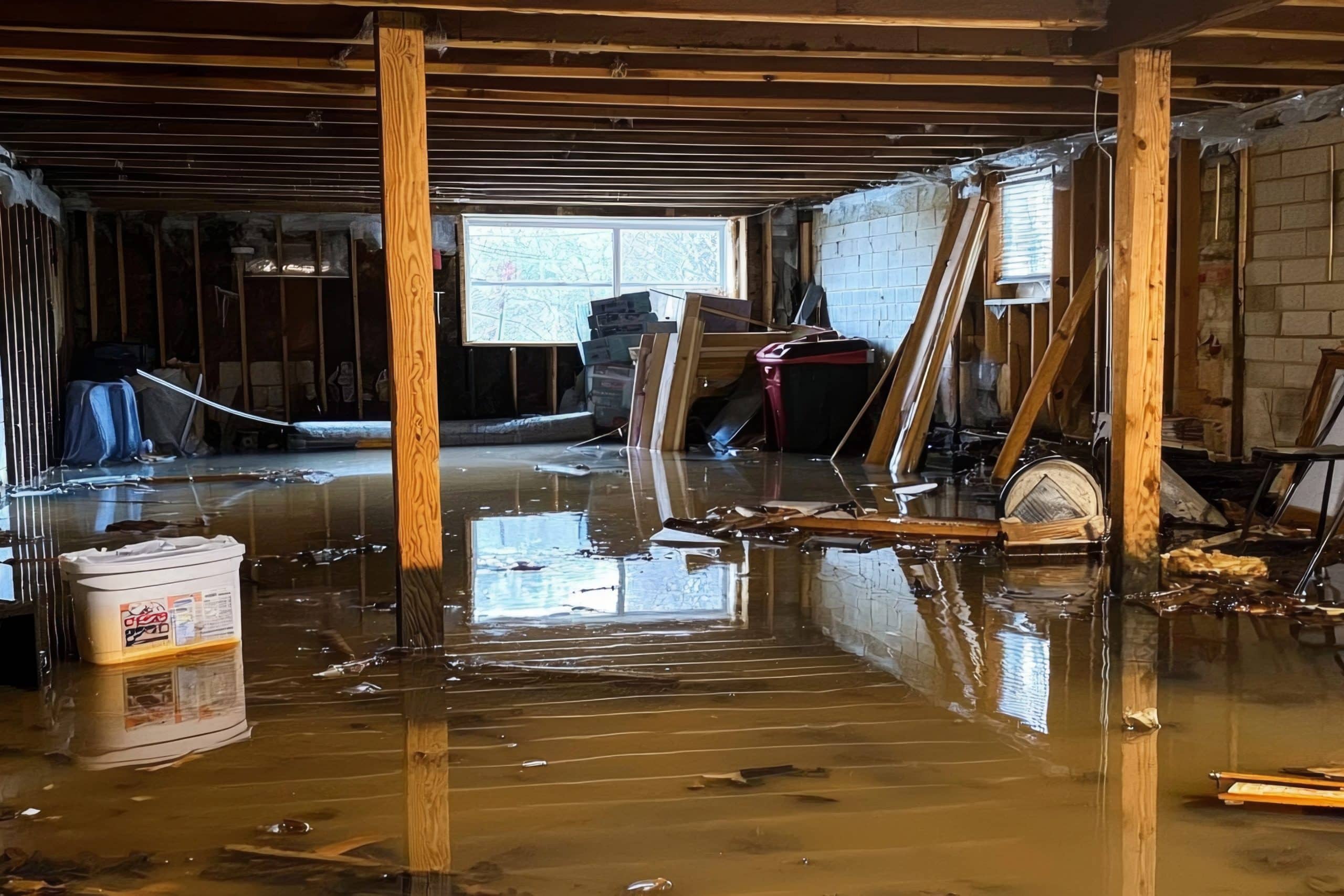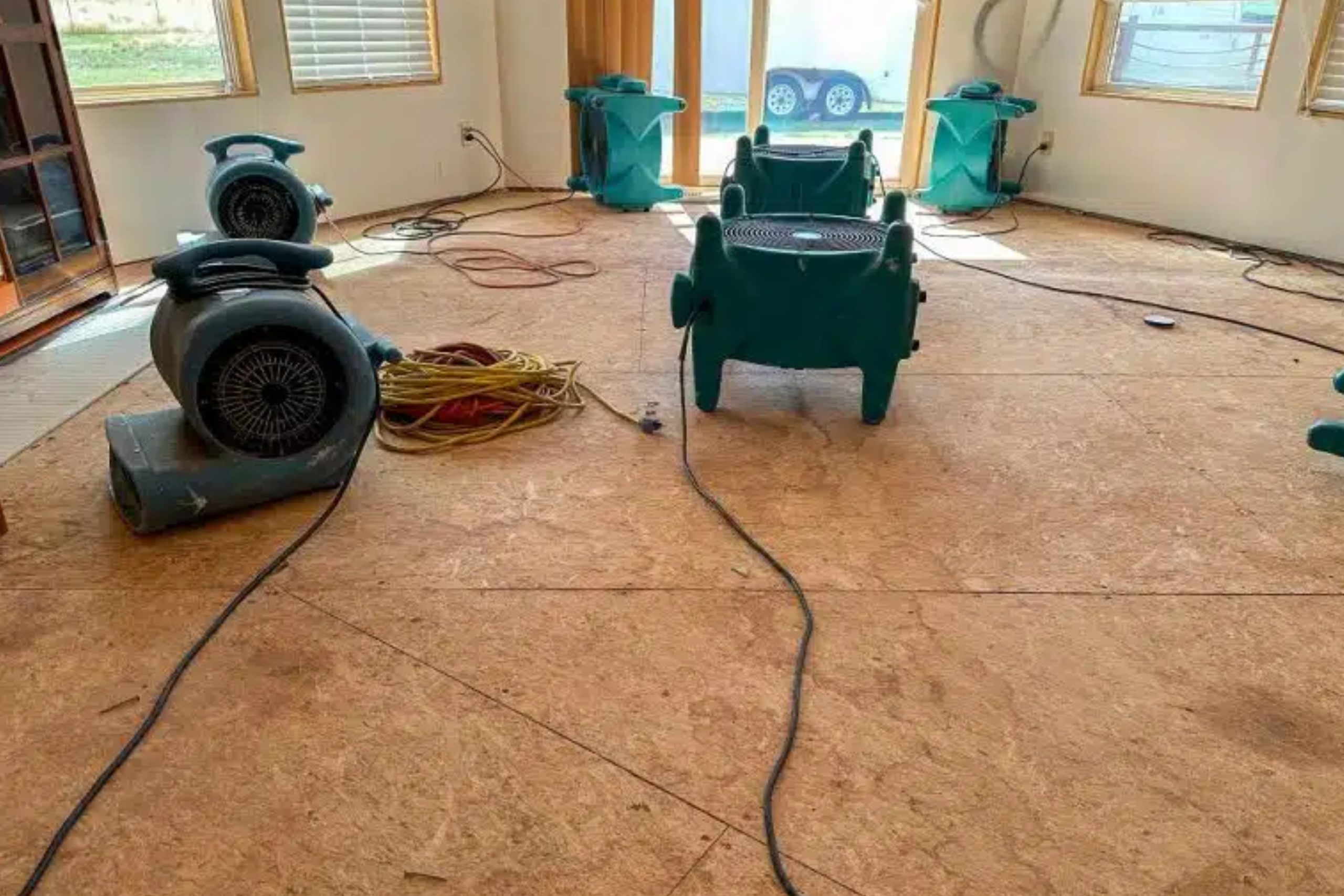Fact: Properly restored floors and furniture recover up to 90% of their original beauty and…

Flood Damage Cleanup Essentials for Estate Managers
Fact: Properties near lakes or rivers are five times more likely to need flood water intervention during heavy rains.
As an estate manager, you’re responsible for both assets and occupants. When floodwater breaches, the cleanup isn’t just about removing water—it’s about preventing health hazards, preserving structures, and minimizing downtime. Follow this step-by-step guide to tackle flood damage head-on.
Immediate Safety and Shutdown
First, cut power to flooded zones to avoid electrocution. If sewage backs up, call for professional sewage removal & cleanup and keep residents away. Next, identify if water is still entering through a main water line break, old water pipe break, or rooftop roof leaks. Stopping fresh inflow brings clarity to your cleanup plan.
Rapid Water Extraction & Removal
Time is money. Truck-mounted pumps and high-capacity vacuums clear standing water faster than any DIY approach. Technicians sweep the area, removing water from carpets, tile floors, and baseboards. Early extraction reduces how much water damage restoration remains, saving on both labor and materials.
Sanitization and Odor Control
Floodwater often carries contaminants. After pumping, crews apply EPA-approved biocides to walls, floors, and structural wood. They fog the space to neutralize odors—especially important if a toilet overflow cleanup event added pathogens to the mix. Thorough sanitization prevents mold and future fire damage cleanup issues if electrical wires got wet.
Tackling Secondary Overflows
High flood pressure can push water back through drains, causing plumbing overflow cleanup calls in kitchens and bathrooms. Pro-teams snake lines and clear backups to avoid clogged drain overflow or messy kitchen sink overflow crises. They may also install backflow valves for peace of mind.
Structural Inspection and Restoration
Water weakens framing. Once dry, structural engineers check joists for sagging or rot—signs of past burst pipe damage cleanup failures. They recommend sistering beams or splicing new sections. Early reinforcement cuts down on full-scale structural restoration that halts all activity.
Material Replacement and Repair
Porous drywall rarely recovers. Crews remove wet sections up to 12 inches above the flood line and replace them with mold-resistant panels. Hardwood floors may be refinished; damaged boards get matched precisely. If subfloors face severe floor water damage, they’re swapped for new materials that honor the estate’s design.
HVAC and Electrical Safety
Floods in mechanical rooms risk both equipment failure and safety hazards. Technicians clear the hvac discharge line repair area of debris, dry coils, and test functionality. Certified electricians inspect wiring and outlets that sat in water, preventing later smoke damage cleanup or fire damage restoration calls.
Documentation and Insurance Support
Photograph every stage—initial damage, cleanup, repairs. Keep invoices and moisture-reading logs. This paper trail smooths insurance claims for flood damage cleanup, storm damage restoration, and any emergency water restoration work needed during future events.
Tenant Communication and Coordination
Rapid, clear communication keeps tenants calm. Notify them of restricted zones and cleanup timelines. Provide simple guidelines—like limiting water use to avoid bathroom sink overflow—so everyone contributes to a swift recovery.
Preventive Upgrades and Maintenance
Once the crisis passes, fortify your defenses. Grade land away from structures, clear gutters quarterly, and test sump pumps before rainy seasons. Installing a discreet perimeter drain system cuts off groundwater before it intrudes, reducing the likelihood of another plumbing overflow cleanup or flood damage event.
By emphasizing safety, fast extraction, thorough sanitization, and strategic repairs, estate managers turn flood disasters into organized recovery projects. A well-documented process, combined with proactive system upgrades, protects both property value and tenant well-being.



